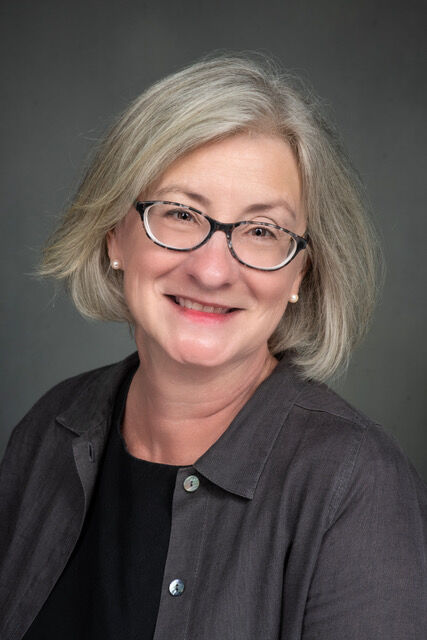EVERITTE: Touring Valdosta’s most endangered historic places
Published 7:24 am Tuesday, May 23, 2023

- VickieEveritte
EDITOR”S NOTE: This is the third guest column as part of Historic Preservation Month.
May is National Historic Preservation Month and a great opportunity for everyone to consider what the most endangered historic places in our community might include, why these “Old Places” matter and should be protected and how these spaces can be valued and enjoyed today.
I believe our community has several properties in dire need of being saved and each serves as a resounding call to avoid the regretted loss of yet another treasure like those we have let slip away over the years.
Today, we are still able to reminisce over stories and memories associated with every one of these neglected buildings and many similar structures demolished through our past.
Unfortunately, if their physical presence in our community were to be lost and the generations that enjoyed them during their heyday fade as time goes by, these wonderful places may likely be lost forever.
This is why historic preservation and securing these precious endangered resources are so incredibly important — important for our collective happiness, the local economy and well-being of our community.
Earlier generations remember that Downtown Valdosta bustled with activity and had several theatres, an opera house, hotels and grocery stores.
The Piggly Wiggly on North Patterson Street was convenient to homes within walking distance of our city’s center, but today, it sits empty, as do several other buildings.
Few recall the two USOs which catered to Moody airmen, one on South Ashley Street and the other in the Fairview neighborhood. The Liberty Club, located on South Ashley Street, under today’s overpass, hosted greats such as Ella Fitzgerald, Earl Hines and many others; this ruin has huge safety issues and needs immediate attention.
Many residents today do not know that Valdosta had a Phyllis Wheatley Club House, which stood on the southwest corner of the Vickers Overpass but the building was recently torn down when we forgot about our heritage.
Valdosta has two properties listed on the Georgia Trust’s Places of Peril – Dasher High School on South Troup Street, a school built in 1928-29 as the first public all-grades African American high school and, today, the only remaining intact Jim Crow-era school in our community.
The other Place of Peril is the John Nelson Deming House, circa 1898, on North Oak Street, which was constructed with materials left over from the construction of Sen. West’s Crescent on North Patterson Street.
Other vulnerable local historic properties include the Lloyd Greer bungalows found between Brookwood Drive and West Gordon Street. These beautiful homes sit neglected, likely waiting for a demolition notice.
Finally, Valdosta’s oldest house, the circa 1843-45 Wisenbaker-Wells-Roberts House, faces an uphill struggle as fundraising continues and the renovation slowly progresses. This renovation weaves modern construction with the original cedar framework cut from an 18th century forest of trees predating Valdosta’s founding.
These “Old Places” matter and, for the ones that still exist, offer a physical connection with the past. These buildings help us understand our city’s history and tell our stories, events that are not always comfortable or easy but enable a more cohesive and inclusive community.
“Old Places” are a part of our individual and collective identity. These places help us see the past and understand where we came from and who we are today. Old buildings are teaching and learning opportunities for all age groups.
Walking through spaces shared by the entire spectrum of people and peoples who came before us in making our community what it is today presents an ideal classroom for teaching everyone.
Our historic resources are more than just old buildings or ruins. These “Old Places” are tangible grounds that remind us of the past, help us understand our present and ourselves, and offer unique teaching opportunities for all age groups.
Thompson M. Mayes of the National Trust for Historic Places states that these places can bring the past alive by giving “us an understanding of history that no other documents or evidence possibly can.”
Our “Old Places” are our living classrooms. The National Park Service says, “Historic places have powerful and provocative stories to tell. As witnesses to the past, they recall the events that shaped history and the people who faced those situations and issues.”
This month, I hope you will reflect on our “Old Places” and how they touch our lives, those we have lost and those that can still be saved for future generations.
Vickie Everitte is president of the Valdosta Heritage Foundation.



